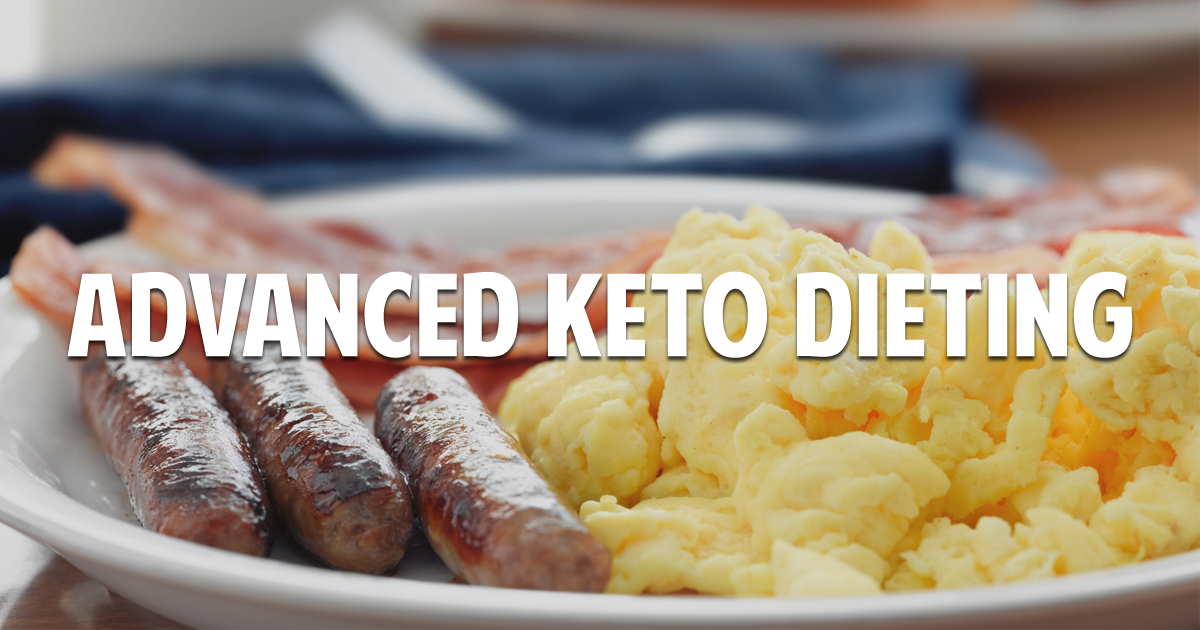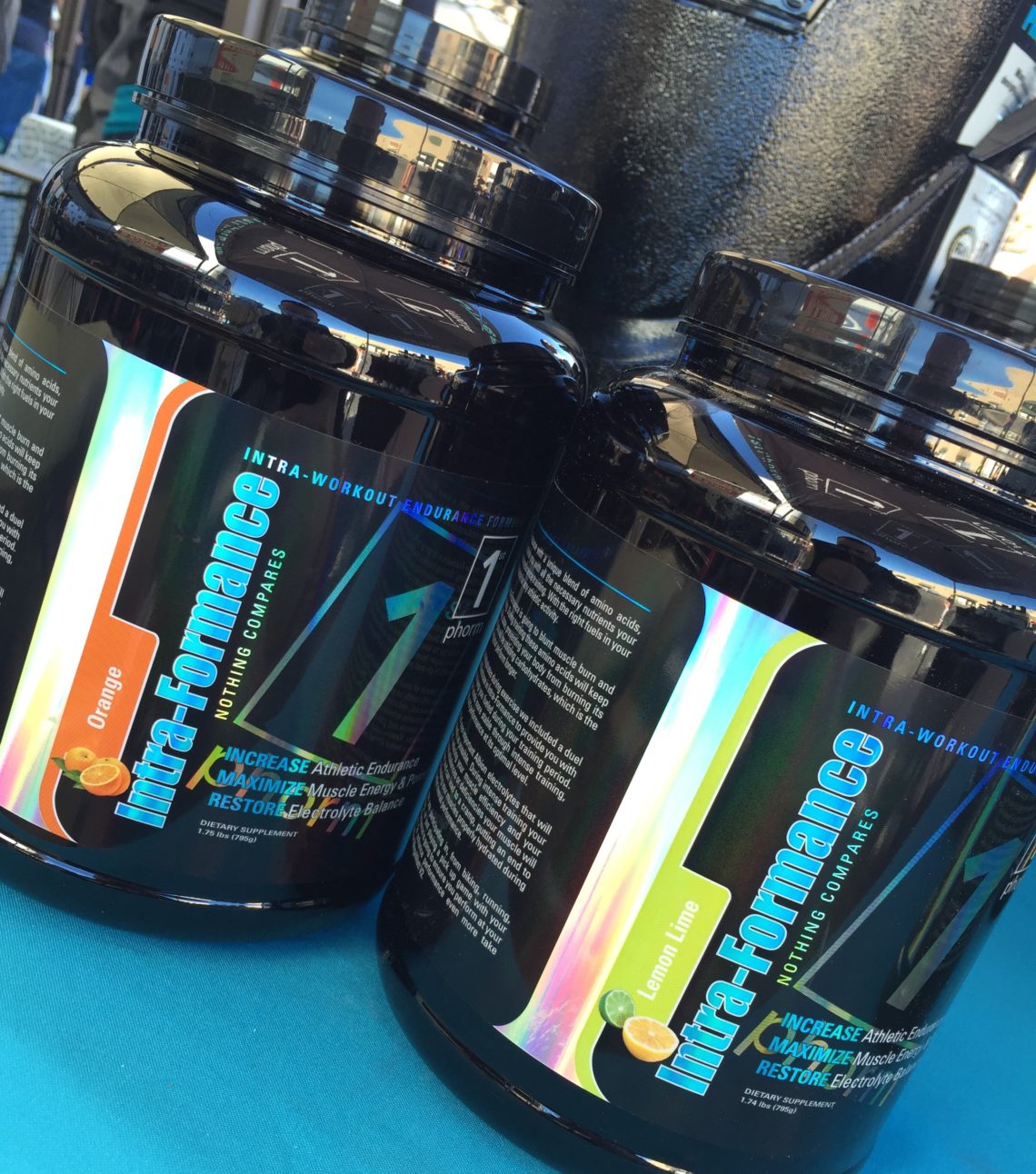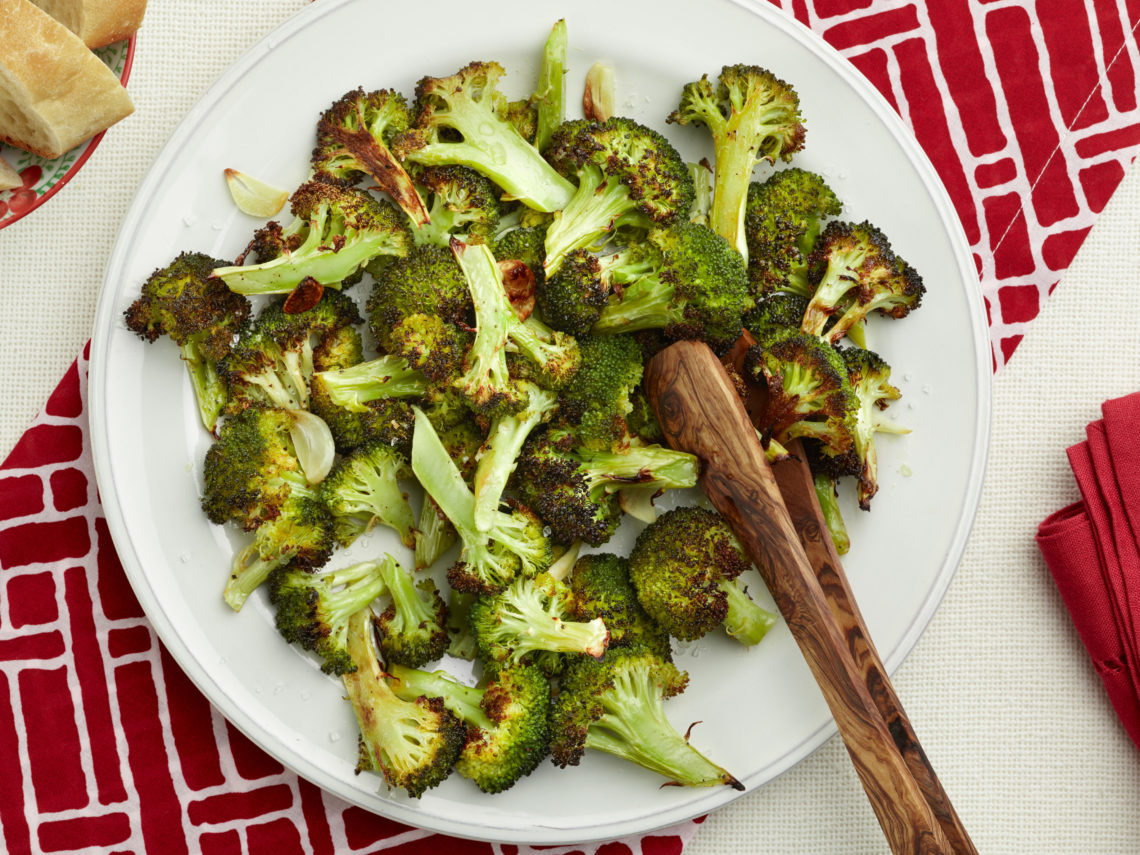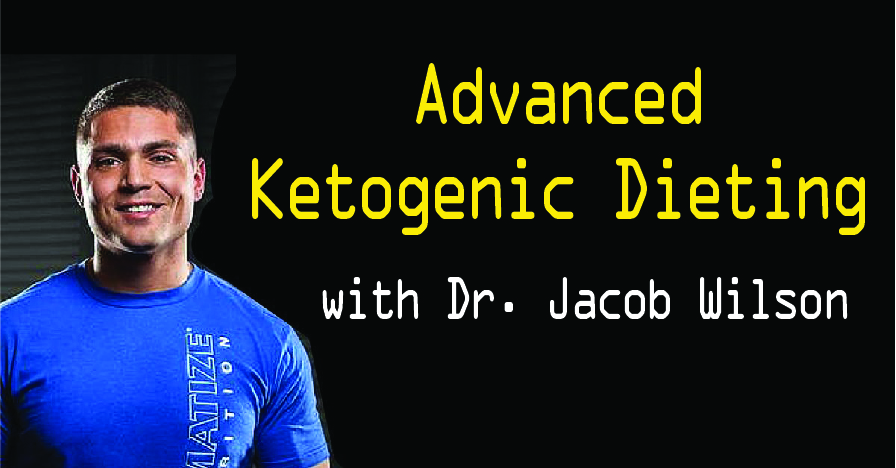
There is a lot of confusion out there when it comes to ketogenic dieting. All around us we have hundreds of books, so many experts, endless opinions from people who have done it themselves and posted their views online. Right now the water is exceedingly muddied. The goal of this article it to not only give a clear view on the keto protocols but also lay out an sound tried and true protocol along with a systematic way to set it up.
Ketogenic Dieting Defined
Lets start this off talking about what ketogenic dieting means and doesn’t mean. A lot of people think that keto means eating low carbs. Some people think it means just eating protein. Ketogenic dieting is achieved by getting into ketosis, and that is a process that the body has to go through. Eating low carbs or only eating protein, etc, doesn’t mean the body will get into ketosis.
Generally speaking being keto means that someone has limited their carbohydrate intake to extremely low levels until their body runs out of stored glycogen causing the body to start making ketones (fats) to run on. THAT is what the main goal of a ketogenic diet is- being in ketosis and a state of using fat for fuel. We all have glycogen (carbs) stored in our liver, and when we limit carb consumption our liver kicks out stored glycogen to fuel our activity. When that liver glycogen runs out that is when the body flips the switch and starts making ketones for us to use as energy. Ketones are fractionated fats that yield 7 cals per gram (regular fats yield 9 calories per gram when used for energy). This is very interesting because when we are eating a carb based diet, carbs give us 4 calories per carb eaten to burn for energy. Being in a ketogenic state we are burning 7 calories per ketone….meaning we are burning more energy at rest. I’ll take burning 7 calories sitting in my chair typing this over 4 calories any day!
There are a lot of ways to get into ketosis- starving, eating only protein, eating extremely low carb with moderate protein and high fats (the preferred method I will be laying out here for you later on), and other methods. This article is aimed at the readers who are training in the gym with weights and are looking to maximize fat loss while maintaining or even in some cases gaining muscle.

IFPA Pro Chelsea Hedlund used a keto diet to achieve her best physique to date
Myths
There are a lot of myths out there about keto- lets go over those right now before we get into the bulk of the article.
Myth: Ketogenic dieting causes muscle loss. FALSE. Any diet can cause muscle loss, even a high carbohydrate diet. When set up correctly with enough protein and fats muscle can be spared with quite a few people actually getting stronger on a keto diet.
Myth: Ketogenic dieting makes people stupid and gives them “dieting brain”. FALSE. When in a true ketogenic state most people report feeling amazing with increased cognitive function and energy from using fats for fuel.
Myth: People that do keto diets rebound after they are done and gain a lot of fat. FALSE. Dieting in general causes a rebound in fat gain whether it’s keto or carb based dieting. How a dieter approaches their post-diet plan is the main thing that contributes to fat gain, not a keto diet.
Myth: Ketogenic dieting makes people unable to handle carbs and they store them as fat easier. FALSE. Being in a depleted state causes muscle cells to be able to store carbs better with increased insulin sensitivity and increased storage space in a depleted muscle cell. When someone is primarily on a carbohydrate based diet their insulin receptors get beat up from constant insulin secretion from eating carbs. Being on a keto diet gives those insulin receptors a break and they work better when insulin is secreted from carbohydrate consumption.
Myth: Ketogenic diets cause liver/kidney damage. ABSOLUTELY FALSE. Not much else to say about that.
Types of Ketogenic Diets
There are three primary ketogenic dieting approaches that I want to talk about, standard keto dieting (SKD), targeted keto dieting (TKD), and cyclical keto dieting (CKD).
Most people think of Atkins when they thing of keto. Atkins is primarily a standard ketogenic diet that is made up of eating just protein and fats without a weekly carb up or refeed. SKD’s aren’t Atkins, that’s just an example of a lifestyle approach to eating protein and fats without eating carbs. For someone who wants to live a ketogenic lifestyle the SKD is for them. Most people not training in the gym will use a SKD approach.
TKD’s are usually only used by athletes. TKD’s mean there are carbs “targeted” around the workout, normally pre and post workout. Sometimes it can mean drinking carbs intra-workout, which I have done quite a bit with my athletes. Regardless, it’s an approach that means having carbs to interrupt ketosis during training. The only times I feel this is beneficial is if someone feels better on this plan and has to perform in an event or just to have a better workout, or if someone needs to keep from getting so depleted like they would by completely limited their carb intake.
Most of the time on a TKD someone is taking in 30 carbs or less pre workout and 30 carbs or less post workout. Any more than this seems to kick someone too far out of ketosis. If someone only does intra-workout carbs anywhere from 20-40 carbs during training from something like dextrose or cyclic dextrins it can work really well.

1st Phorm’s INTRA-Formance is a popular source of carbs and bcaa’s for TKD set ups
CKD’s are the most common approach to keto dieting for people who train in the gym, and this is the style I want to focus on and help you maximize because it revolves around “cycling” betweens carbs and fats. My approach is quite a bit different than older literature that is out there. I have done so many versions of a CKD experimenting and a lot of trial and error, but also learning from failure over the last decade.
CKD’s are set up going a certain period of time, usually at least 7-10 days, with only taking in trace amounts of carbs consisting of fiber/veggies and what’s in the protein and fat someone is consuming as part of their diet. Carbs are extremely low, usually 20-40 grams a day with a decent amount of that being fiber since fiber doesn’t impact ketosis. After 7-10 days a carb up takes place to refill glycogen levels to help fuel the workouts ahead for the next round of 7-10 days.

Ketogenic Dieting- The Old Ways
Before we go into the nuts and bolts of how to set up the CKD and why it’s superior, lets talk about some of the old ways it has been used and why these aren’t ideal.
I remember when I first learned about using a CKD the most popular method was 4-5 days of low carbs followed by 2-3 days of carbing up. The problem with that is that it takes at least a week if not more to get back into ketosis. So what we see on a plan like that is basically someone doing a low carb plan and never getting into ketosis. Most feel like complete shit by day 4 or 5, just when their body was trying to get into ketosis and then they eat carbs for a few days and never achieve ketosis. 2 steps forward 2 steps back.
Another mistake I have seen in the body building community is a high protein, low carb, moderate fat set up. At first glance it sounds ok, I mean high protein for a body builder is best right? Not really. When someone is on a keto plan and eating more protein than their body needs they convert excess protein into carbs. This can literally throw someone in and out of ketosis daily, a horrible feeling. Protein is best set up on a moderate amount like 180 grams per day for a 180 lb guy, and I’ll lay it out here shortly.
One other old school method worth mentioning is a high protein, low carb low fat keto diet. If you really want to wreck your physique this is the plan to do it. Without carbs your body needs a fuel source, that’s why fats are so important as that source. Protein isn’t a fuel source, and when carbs and fats are low the body converts not only dietary protein into carbs it also turns your muscle (protein) into fuel. A high protein low carb low fat diet is the absolute best way to lose muscle and slow your metabolism down setting you up for a big rebound in fat gain when you are done. Beware of people recommending these plans.
What We Know Now
There are many reasons I have found the CKD approach to be superior for my clients over the years. I have seen better diet adherence, energy, increased metabolism boosting effects of leptin, protection against muscle loss, and more.
The absolute most critical thing about running a keto diet is how good someone can stick to it. It’s meaningless to even try if someone cannot adhere to the plan and it causes cheating. Having protein set moderate with low carbs and high fat (yes HIGH fat) enables the person doing the diet to eat plenty of fatty foods that they can look forward to every day. Bacon, cheese, butter, cream cheese, eggs, bacon, whipping cream, peanut butter, and did I mention bacon? As long as the fats are ultra low in carbs they will work and nothing is off limits.
When To Use
Another critical thing to talk about before we talk about setting it up (I promise I am getting there) is the fact that for almost everyone reading this keto should be a tool to use to get a job done. It’s not the ultimate diet, it’s not magic, and it’s not practical as a lifestyle for most people. However, it’s damn good to use at the end of a diet when someone is eating lower carbs or just dropping carbs doesn’t seem to work as well. I have seen it time and time again with clients myself- when a carb based diet is failing I use keto and they finish getting the rest of the fat off without as much struggle. My advice is to use this as a last case scenario to get the last 10-20 lbs off, don’t use it from the beginning or you risk setting yourself up for failure.
Here is a link to the PowerPoint presentation I gave on Advanced Ketogenic Dieting
Setting It Up
Finally! I am excited for you reading this, because this plan is MONEY. This is the method I have used with hundreds of clients the last few years who have not only competed on stage in bodybuilding competitions but also people who have just wanted to achieve their leanest physique and best look possible. When you follow this, go all in and commit and you will like what you see. You will have to go all in though, one foot in one foot out can be disastrous because to get the desired effects it needs to be followed to a T.
First, before we start figuring how much protein/carbs/fats you will need to eat, you need to know how many calories you are taking in now. If you aren’t tracking your food or calories then you need to spend a week logging your food to figure up your protein/carbs/fats you are currently consuming in a day. There are a lot of apps out there that will help you such as MyFitnessPal or MyMacrosPlus. (I recommend the last one) Figure out what you are eating and that will be your starting calories to begin. Lets use “John” as an example. John is 200 lbs and 15% body fat eating 2500 calories a day. You will want to just start at your normal calorie levels because no matter what other people say I can assure you switching to keto without dropping your calories can definitely yield fat loss. Save reducing calories for later down the road when a stall happens.
Second, lets start with setting up your protein, carbs and fats. Protein should be set at 1 gram of protein per pound of body weight unless you are a male over 20 % body fat or a female over 30% body fat. In that case, use 1 gram of protein per pound of LEAN MASS. (you can get that by testing your body fat levels) So for example, a female weighing 130 lbs that is 20% body fat to start will need 130 grams of protein per day. A 300 lb female that is 50% body fat has a 150 lb lean mass so she will start at 150 grams of protein a day. Since we are using our example John earlier who is 200 lbs and 15% body fat his protein will be 200 grams of protein a day. 200 grams of protein times 4 calories per gram of protein gives him 800 calories from protein to go towards his 2500 calories he’s used to taking in.
Third, lets figure carbs. For guys you will end up taking in about 40-50 “carbs” a day that are a mix of fiber and trace carbs that are found in things like nuts, whey protein, etc. You want ¾ of your trace carbs to be fiber to help with digestion. Ladies you will end up getting about 30-40 trace carbs a day, you want around 20 grams of that to be fiber. Just remember, try and eat as zero carb as possible but make sure to get your fiber in. So for John, he’s going to get 50 carbs a day times 4 calories per carb gives him 200 calories towards his 2500 calorie goal he’s used to eating.
Last, we have to figure fats and get the rest of his total calories in. So far from protein John has 800 cals, from carbs he has 200 cals and that puts him at 1000 cals total. He needs to get 2500 cals for the day so he still needs to get in 1500 cals from fats. To do this you take 1500 cals divided by 9 calories per gram of fat and that gives him 167 grams of fat a day. We will make that an even 165 grams of fat by rounding it off.
Now John has 2oo protein, 50 carbs, and 165 fats for around 2500 calories a day and a true keto diet set up for HIM. The next part is easy- however many meals John wants to eat he just divides his macros into those meals. So if he wants to eat 4 meals divide the 200/50/165 into 4. The main thing is to hit the total pro/carbs/fats a day. The reason I set this up this way is because it gives people enough protein to be able to train in the gym and recover, but not too much to kick them out of ketosis.
Finally, make sure to go the first 2 weeks without any carbs what-so-ever to establish true ketosis, then you are able to do a carb up. There are many ways to do a carb up, or a refeed, or a cheat meal. That is a whole article itself, so I want to link the Training and Nutrition Truth podcast episode with Dr. Jacob Wilson where we broke it all down for you to be able to do the one that fits you best. Listen to that HERE or by clicking on the image below.

Some Things To Expect
Now that you are ready to start there are some things you’ll need to expect. Most go through a period when the body is trying to switch over to get into ketosis that just feels, well, like shit. Some call it keto flu, but it’s the feeling of lethargy coupled with a headache like when you try and quit caffeine cold turkey. It’s very common, and it’s your brain searching for fuel (carbs) but none are present and ketones are not produced yet. The best thing to do when this happens is take in some extra salt to help with the headache but also stay active. Hitting the gym will help deplete your body of carbs and get you into ketosis faster. Power through. When you do the re-feeds you will probably be out of ketosis for a period of 2-4 days and then the symptoms of switching back over will hit again. I know most of us usually do a refeed on Sunday and by Wednesday start to feel like shit for a few hours in the evening and then are fine Thursday. A cool supplement that will also help are keto salts.
Now that you have it all at your finger tips go shopping and get the foods you like to eat, and enjoy the process!
– John Gorman, MA, CPT, is a well-respected diet coach and the owner of Team Gorman LLC. John is also the host of the Training and Nutrition Truth podcast, owner of PHAT Muscle Project apparel, a published author, public speaker, co-owner of The Physique Summit Conference, and proud member of the 1st Phorm Phamily as an Elite Trainer. His work centers on helping athletes achieve their maximum potential in various sports such as bodybuilding, powerlifting, crossfit, along with high school and college level athletics. You can follow him on Snapchat @teamgorman , Instagram @team_gorman , facebook.com/teamgorman or contact him via email [email protected]
OnKeto.com is a news aggregation service that brings you best of world articles to you for your consumption.
Author: None
Author URL: None
Original Article Location: https://trainingandnutritiontruth.com/advanced-ketogenic-dieting/
